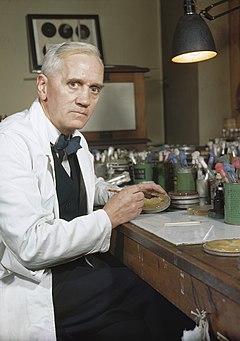This is my PEUGEOT sign,
This is a symbol representing Peugeot: it is a lion. It is on cars and motorbikes and other vehicles.
This is a symbol representing Peugeot: it is a lion. It is on cars and motorbikes and other vehicles.
It is a French make.
I think the company chose the lion symbol
because when you see a lion you think of it being big and strong so
people will buy it.
That’s what I thought...
But actually Belfort (a small town in France
near Switzerland) was the first town to make
Peugeot and the symbol of that town was a
lion.
Here is a map of Belfort
Here is a picture of a statue of a lion in Belfort




































 thiss looks like my cat toey
thiss looks like my cat toey this looks very cute
this looks very cute  thiss one is black and white
thiss one is black and white


